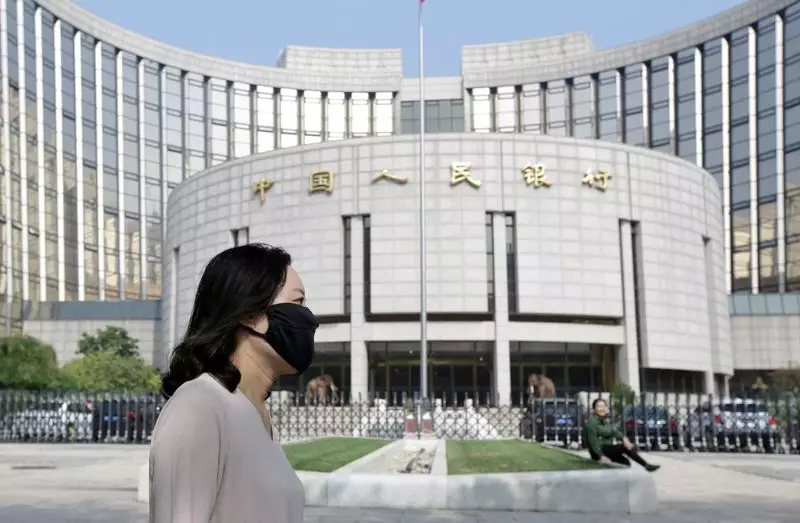China, currently grappling with sluggish domestic consumption, has unveiled a series of aggressive economic policies aimed at stimulating growth. As the global economy remains tumultuous, marked by increasing trade tensions with the U.S., the Chinese government is taking proactive measures to bolster domestic demand and secure a sustained growth rate targeting around 5% over the next few years.
Among the key initiatives introduced is the expansion of a consumer goods trade-in scheme, designed to not only encourage consumption but also to sway consumer behavior towards digital purchases. By offering enhanced subsidies for such digital transactions, the government hopes to invigorate a market that has shown signs of stagnation in recent months. The idea is simple yet profound: by making it financially appealing for consumers to trade in old goods for new purchases, the government aims to spur sales across various sectors, including electronics and household items.
This initiative is vital for reviving consumer confidence, which has been dampened by economic uncertainties. As part of this strategy, various fiscal measures have been outlined, which signal a robust attempt at rekindling economic dynamism in a period of considerable global economic strain.
With the backdrop of potential trade tariffs imposed by the United States, this wave of economic stimulus appears to be a direct response to external pressures. Faced with an uncertain trading environment, particularly as competitors ramp up their own economic strategies, China is accepting the stark reality that maintaining a competitive edge will require innovation and adaptability in policy formulation.
The recent fiscal policies, which include an increase in budget deficit targets and plans for issuing special treasury bonds, are part of a broader strategy to ensure financial stability amidst external uncertainties. Authorities have specified that the budget deficit is set to reach 4% of GDP, reflecting a commitment not only to internal growth but also to maintaining resilience against the shifting dynamics of international trade.
The suite of policies issued since September serves multiple aims: to relieve local governments from fiscal pressures, support distressed sectors like real estate, and provide a financial cushion for the general populace. By offering significant tax incentives on home transactions, the government is attempting to revive the property market, which has been critically impacted by previous regulatory measures.
Additionally, banks are encouraged to lend more freely, with the financial sector instructed to boost lending by a staggering 4 trillion yuan. These measures are engineered to elicit liquidity into a market that has been parched due to stringent controls over lending practices in preceding years.
Supporting the initiative, the People’s Bank of China (PBOC) has embraced a more relaxed monetary policy stance, a departure from its traditionally cautious approach. With interest rates being cut and reserve requirement ratios lowered, the central bank is providing the necessary fuel for renewed economic activity.
Central to these policies is the balancing act between stimulating growth and managing risks associated with high debt levels. As China aims to recover from economic setbacks, careful attention must be paid to not only on fiscal expansion but also on ensuring that this growth does not lead to unsustainable debt levels.
Policy effectiveness will hinge on the government’s ability to implement these measures timely and efficiently, monitoring their impact on consumer behavior and commercial activity. They will need to adjust tactics if the initial responses do not yield the desired outcomes, which underscores the dynamic nature of economic management in such a fluid global landscape.
Ultimately, China’s approach to rejuvenating its economy encapsulates a comprehensive response to both domestic and global challenges. The array of policies designed to bolster consumer spending and stabilize economic growth reflects a stark acknowledgment of the need for flexibility in economic governance. With sustained efforts in policy administration and an emphasis on adaptability, China could transform current challenges into opportunities for a flourishing recovery and, ultimately, a more resilient economy.

